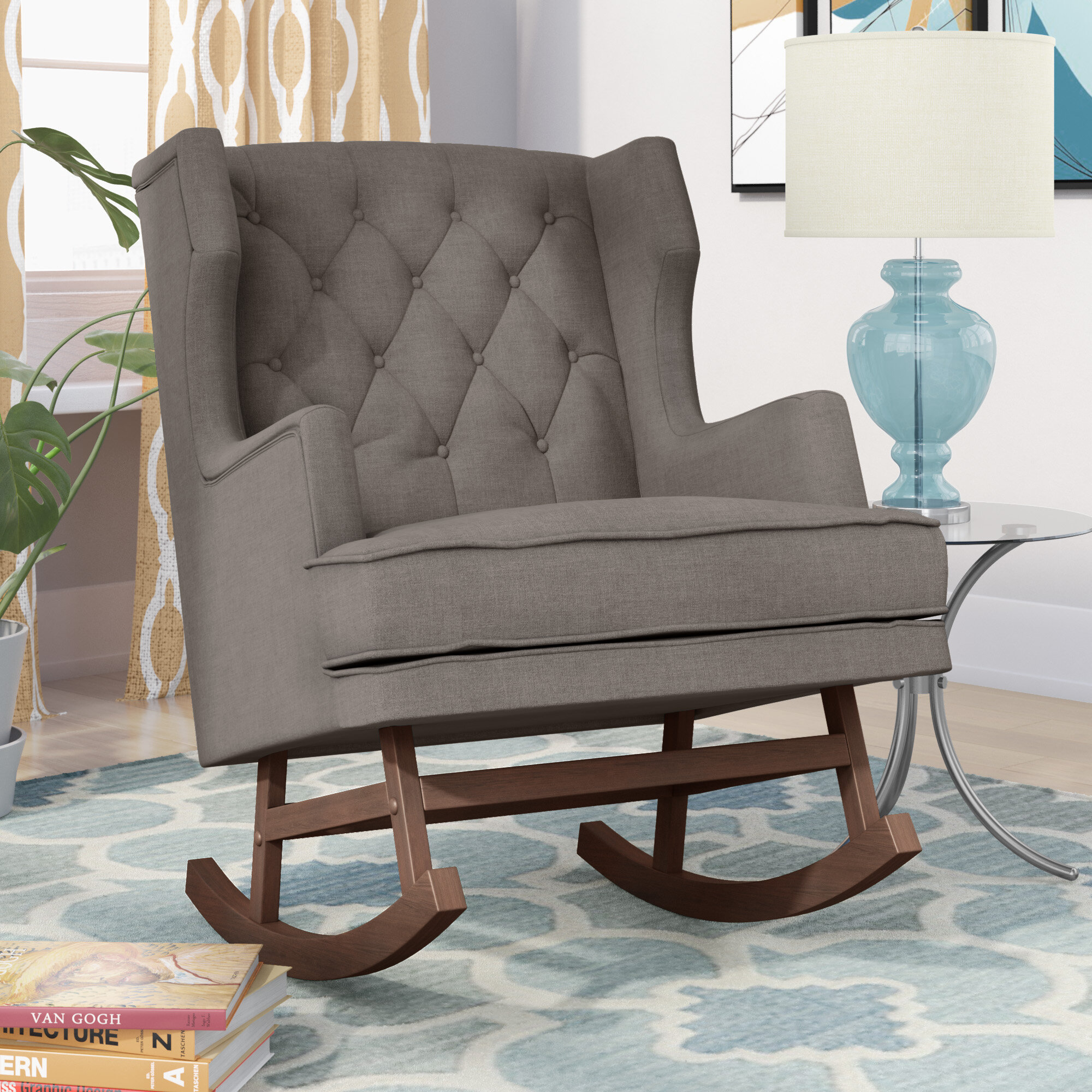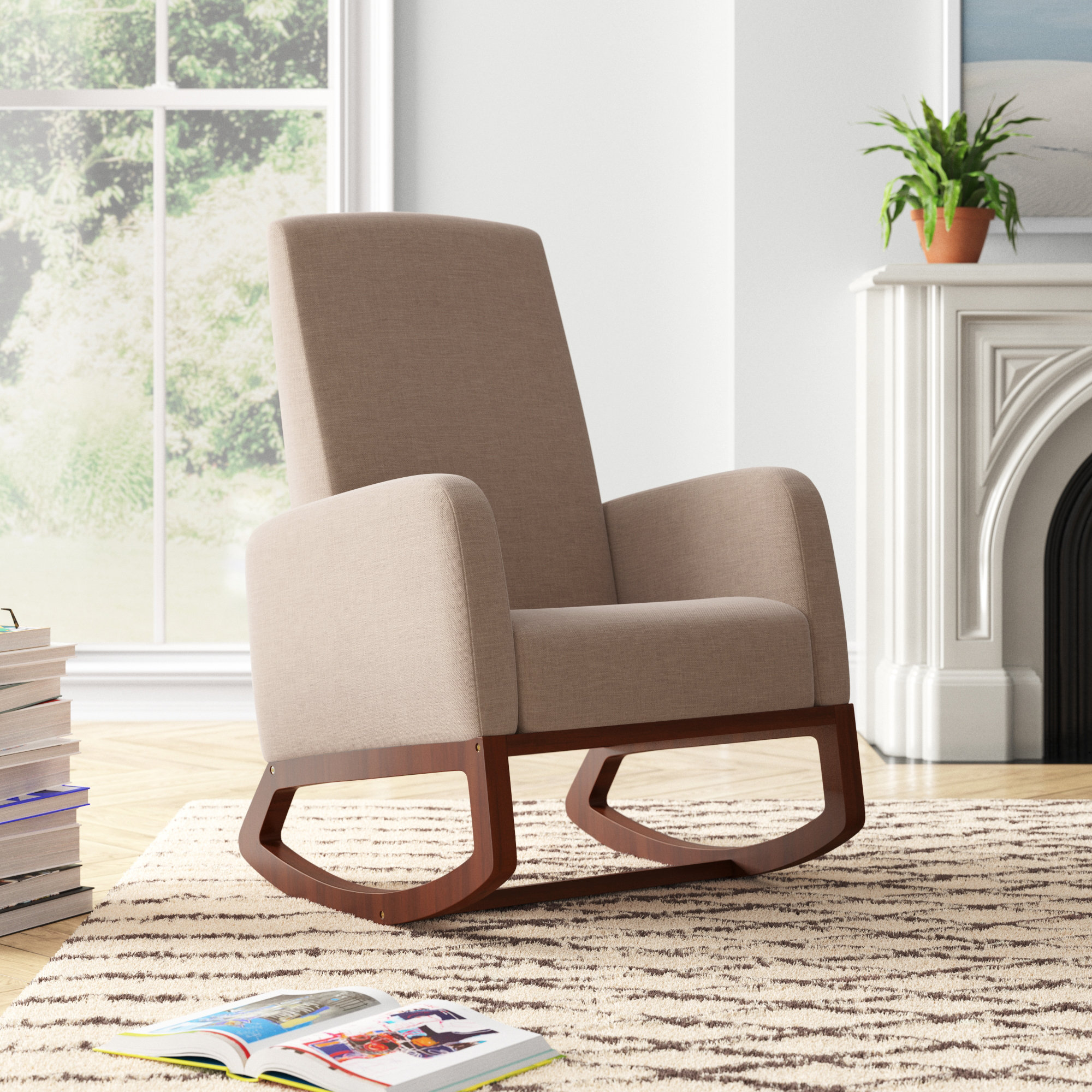Myrna Loy and the Golden Age of Hollywood

Myrna Loy was a prominent figure in the Golden Age of Hollywood, known for her intelligence, sophistication, and captivating performances. She carved a unique path in the industry, often portraying independent, strong-willed women who challenged conventional gender roles of the time. Loy’s career spanned decades, and she left an indelible mark on the cinematic landscape.
Myrna Loy’s Career Trajectory and Iconic Roles
Myrna Loy’s career began in the 1920s with silent films. However, she truly rose to prominence during the “talkies” era, showcasing her versatility and charm in a wide range of roles. She was initially typecast as the “exotic” “Oriental” character, but she quickly shed that image, transitioning into sophisticated and independent women who were intelligent and witty. Loy’s ability to portray these characters with nuance and depth made her a popular and respected actress.
- One of her most iconic roles was as Nora Charles in the “Thin Man” series alongside William Powell. These films, which began in 1934, established Loy as a leading lady in the detective genre. She portrayed Nora as a sharp-witted and resourceful partner to Nick Charles, challenging the traditional image of the damsel in distress. Loy’s portrayal of Nora was groundbreaking for its time, and it helped to redefine the role of women in film.
- Loy’s performance in “The Best Years of Our Lives” (1946) earned her an Academy Award nomination for Best Supporting Actress. The film, which tells the story of three returning World War II veterans, is considered a classic of American cinema. Loy played the role of Milly, a woman who struggles to cope with her husband’s emotional and physical scars from the war. Her performance was praised for its sensitivity and realism.
- In “The Red-Headed Woman” (1932), Loy played the role of Lil, a woman who uses her intelligence and cunning to rise through the ranks of society. The film was controversial for its time, but Loy’s performance was praised for its boldness and complexity.
- Loy also appeared in numerous other successful films, including “The Animal Kingdom” (1932), “Manhattan Melodrama” (1934), “After the Thin Man” (1936), and “The Shop Around the Corner” (1940).
The History and Symbolism of Rocking Chairs: Harriet Bee Myrna Rocking Chair

The rocking chair, a ubiquitous symbol of comfort and relaxation, has a rich history spanning centuries and continents. Its evolution, from humble beginnings to its current diverse forms, reflects the changing needs and aesthetics of society. Beyond its practical function, the rocking chair has also acquired profound cultural significance, embodying values, traditions, and societal norms across various cultures.
The Evolution of Rocking Chairs
The origins of rocking chairs can be traced back to ancient times. Early examples, often constructed from wood and featuring a simple, curved base, were used for practical purposes, such as rocking infants or gently swaying during rituals. The rocking chair as we know it today emerged in the 18th century, gaining popularity in the American colonies. The invention of the “sleigh bed” – a bed with curved runners that allowed it to be rocked – is often cited as a key influence. This design concept was adapted to chairs, resulting in the iconic rocking chair with its signature curved runners.
Cultural Significance of Rocking Chairs, Harriet bee myrna rocking chair
Rocking chairs have held a special place in various cultures, representing a range of values and traditions. In the American South, rocking chairs have long been associated with hospitality, leisure, and a sense of community. Porch rocking chairs, in particular, became a symbol of Southern life, providing a place for neighbors to gather and share stories. In other cultures, rocking chairs have been associated with different meanings. In some Asian countries, for example, rocking chairs are often used in traditional medicine, believed to promote relaxation and well-being.
Types of Rocking Chairs
Rocking chairs come in a wide array of styles, each with its unique characteristics:
| Type | Characteristics | Examples |
|---|---|---|
| Traditional Rocking Chair | Classic design with curved runners, often made of wood. | Windsor rocking chair, Shaker rocking chair |
| Modern Rocking Chair | Contemporary designs featuring sleek lines, innovative materials, and ergonomic features. | Rocking chairs made of metal, plastic, or fiberglass |
| Glider Rocking Chair | Smooth, gliding motion instead of rocking. | Often used for nursing or soothing infants. |
| Reclining Rocking Chair | Combines rocking motion with reclining functionality. | Offers maximum comfort and support. |
The Harriet Bee Myrna Rocking Chair, with its gentle sway and handcrafted details, evokes a sense of calm and nostalgia. While its design is rooted in tradition, it’s interesting to note the parallel with the modern innovations found in the dream rocker gaming chair , which utilizes advanced ergonomics and dynamic motion to provide a comfortable and immersive gaming experience.
Both the Harriet Bee Myrna Rocking Chair and the Dream Rocker Gaming Chair prioritize comfort and personalized experiences, highlighting the enduring appeal of a good seat across different generations and lifestyles.
The Harriet Bee Myrna rocking chair, with its intricate carvings and sturdy construction, evokes a sense of timeless elegance. Its gentle rocking motion, reminiscent of the soothing rhythm of a mother’s heartbeat, has been known to calm even the most restless of spirits.
This same principle of gentle motion, often used to comfort and bond with infants, is also found in the graco rocking chair baby , which utilizes a smooth, controlled rocking motion to help soothe and lull babies to sleep. Much like the Harriet Bee Myrna rocking chair, the Graco rocking chair aims to provide a comforting and secure space for infants, fostering a sense of calm and security.
